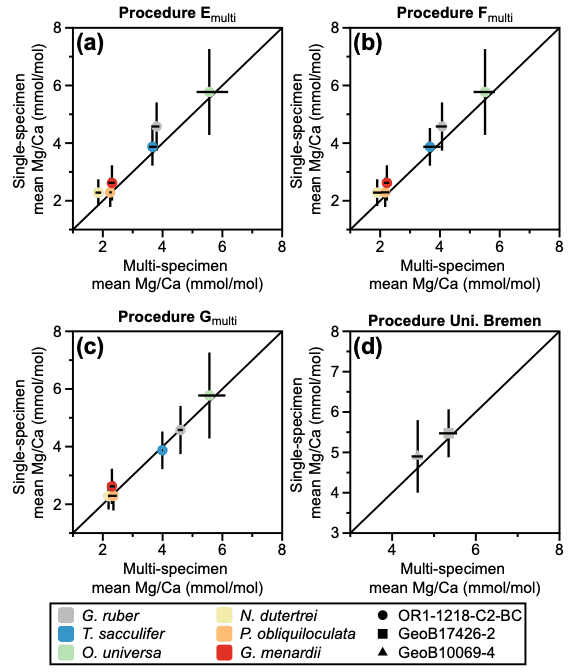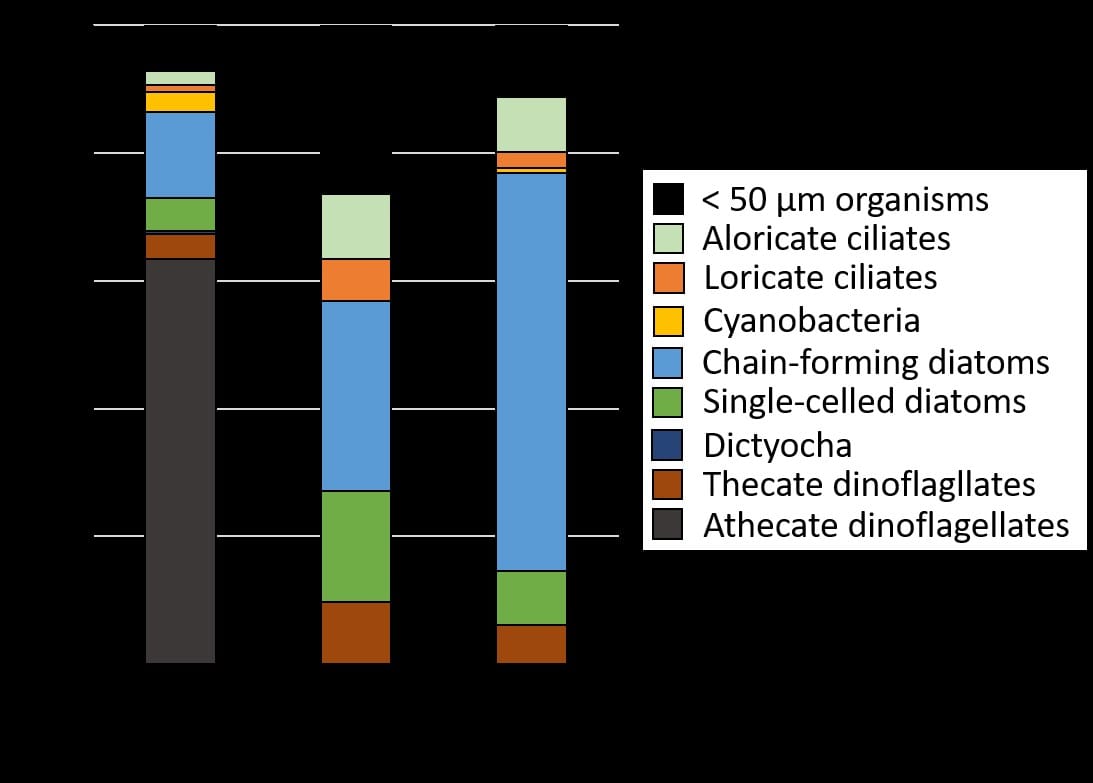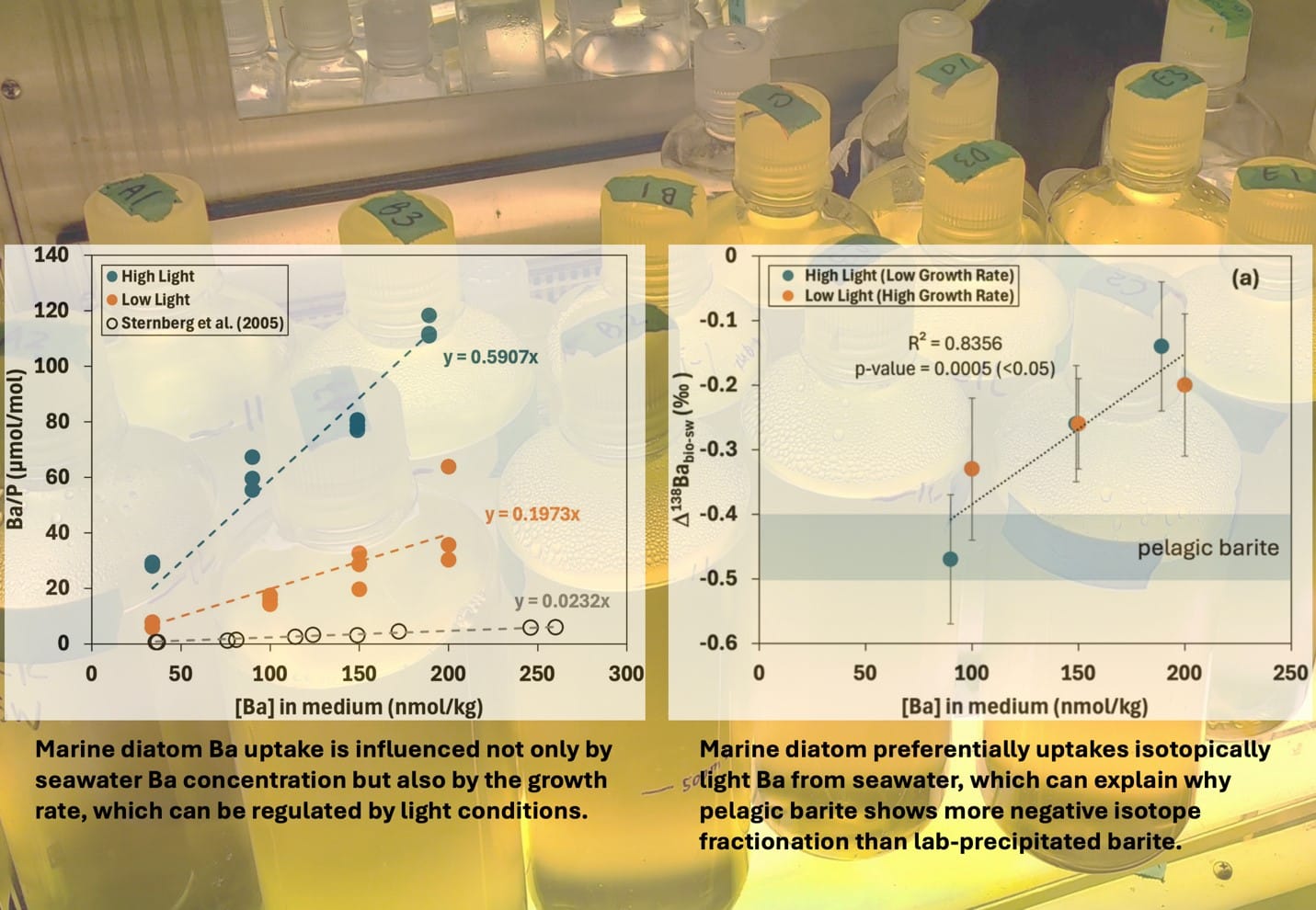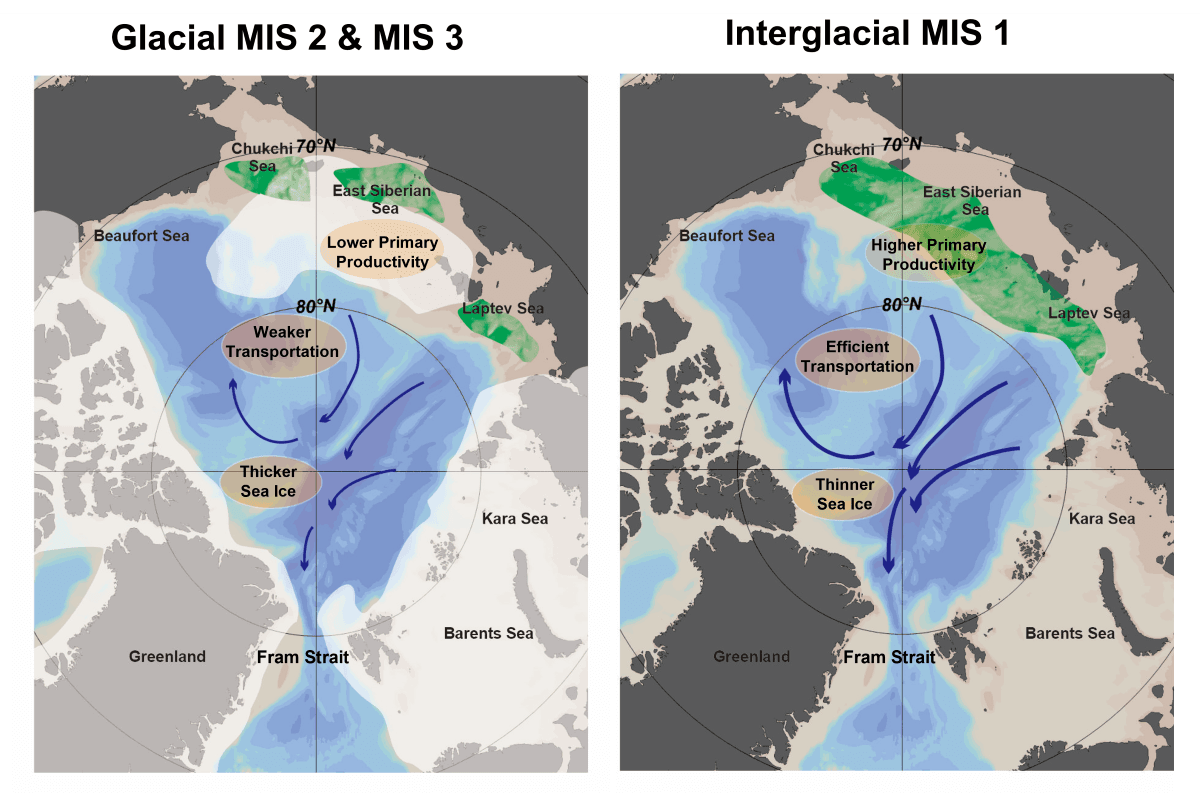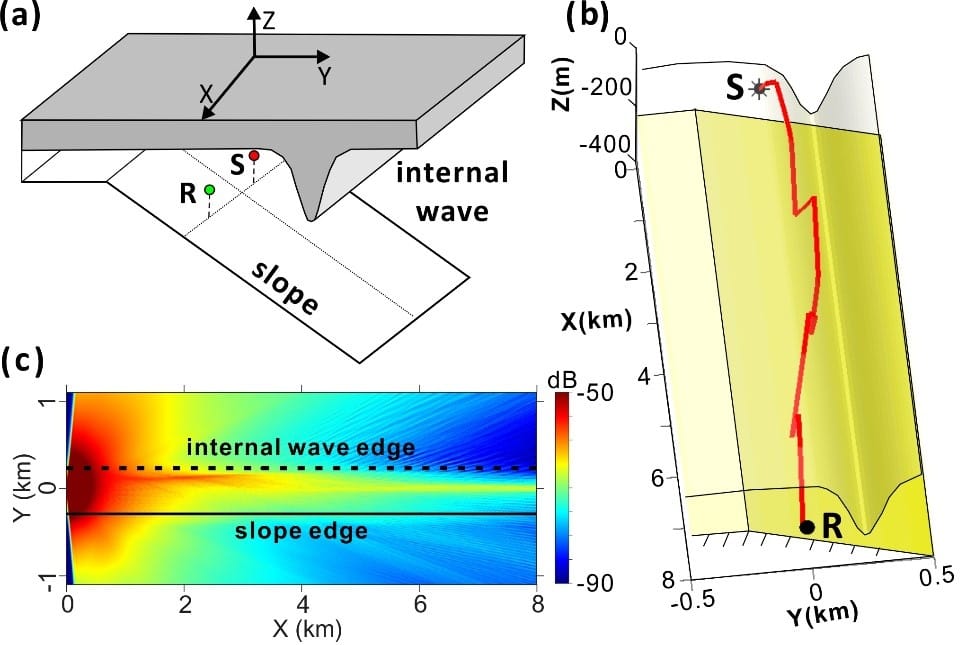Oceanography professor Dr. Chih-Lin Wei collaborates with a team of Canadian marine biologists to publish a large study, “Seafloor biodiversity of Canada’s three oceans: Patterns, hotspots and potential drivers,” in Diversity and Distributions, a leading journal in the field.
The study evaluated the marine benthic biodiversity of Canada’s three oceans, from the Pacific to the Arctic, and Atlantic.
“It was enormous efforts to compile and analyze data from over 13,000 samples, spanning over 6,000 sites across Canada’s three oceans. We are glad that we can pull this project off. It was challenging to find, format, validate, and standardize the diversity data from 13 different Canadian institutions. The most crucial step was to ensure the data providers that their data are in safe hands,” the lead author, Dr. Wei says.
“Using field information compiled over many years by several labs, this team used data for nearly 3,000 species to identify biodiversity hotspots across Canadian marine ecosystems,” Dr. Ricardo Scrosati, a co-author from St. Francis Xavier University says.
The team used state of the art statistical method developed by a renowned Taiwanese statistician, Dr. Anne Chao, to estimate biodiversity from various sampling gears and then used environmental information to investigate the most likely causes of such patterns.
“This study shows previously unreported diversity hotspots in the Canadian Arctic, which are inconsistent with the prevailing view of declining diversity with latitude,” the project leader, Dr. Mathieu Cusson says.
Dr. Scrosati says overall, our results provide valuable information that should improve, among other objectives, the design of marine protected areas to preserve our rich and fascinating marine benthic biodiversity.
“We are happy to have the study published in this journal because it has a high impact factor, which suggests that the study will be widely seen in the scientific community around the world. Thus, on the one hand, we hope to attract talented colleagues and students to do further studies on marine biology and, on the other, we hope to see our approaches applied to other parts of the world towards the global synthesis that science is always seeking,” Dr. Scrosati says.
Reference:
Wei, C.-L., Cusson, M., Archambault, P., Belley, R., Brown, T., Burd, B. J., Edinger, E., Kenchington, E., Gilkinson, K., Lawton, P., Link, H., Ramey‐Balci, P. A., Scrosati, R. A., & Snelgrove, P. V. R. (2020). Seafloor biodiversity of Canada’s three oceans: Patterns, hotspots and potential drivers. Diversity and Distributions, 26(2), 226–241. https://doi.org/10.1111/ddi.13013
Loggy Bay, Newfoundland (Chih-Lin Wei)


